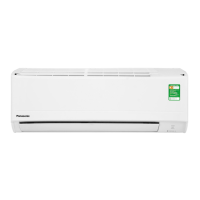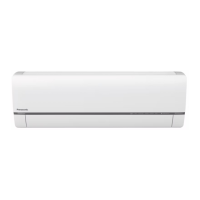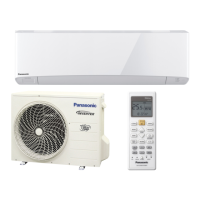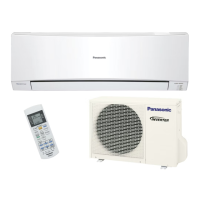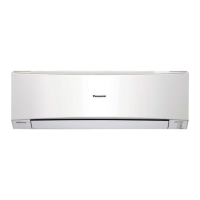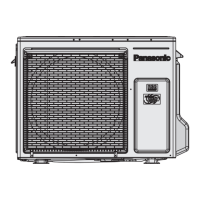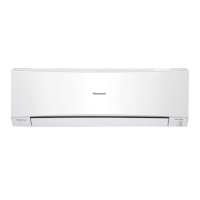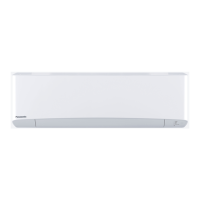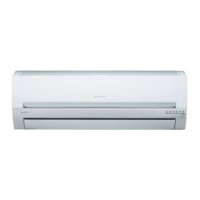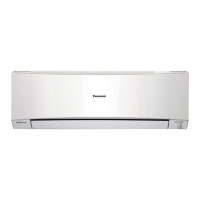Operating Instructions
Air Conditioner
Hướng dẫn sử dụng
Máy điều hòa không khí
2-17, 34
Trước khi bật thiết bị, vui lòng đọc kỹ hướng dẫn sử dụng này
và giữ lại để tham khảo cho những lần sau.
Bản hướng dẫn lắp đặt đi kèm phải được cất giữ và đọc bởi
người lắp đặt trước khi lắp đặt.
Điều khiển từ xa được đóng gói cùng với dàn lạnh và được
gỡ ra bởi người lắp đặt tr
ước khi lắp đặt.
Operating Instructions
Air Conditioner
18-33, 35
Before operating the unit, please read these operating
instructions thoroughly and keep them for future reference.
The included Installation Instructions should be kept and read
by the installer before installation.
Remote control is packaged in the indoor unit and removed
by the installer before installation.
Model No.
Indoor Unit Outdoor Unit
CS-N9WKH-8
CS-N12WKH-8
CU-N9WKH-8
CU-N12WKH-8
Model No.
Indoor Unit Outdoor Unit
CS-N9WKH-8M
CS-N12WKH-8M
CU-N9WKH-8M
CU-N12WKH-8M
ACXF55-26903
English Tiếng Việt
